Considerations for the Ageing Athlete
Fitlab Coach Scott McDonnell provides insights for aging athletes on their quest for excellence!
Currently, an increasing number of individuals compete in sporting events later in life, with many high-performing athletes maintaining their peak performance into their late 30s and early 40s. For instance, Alejandro Valverde clinched the World Professional Road Championships at 38, navigating one of the most challenging circuits in recent years. However, athletes in their 40s or 50s should not train like their 20s counterparts. Here are five key considerations for athletes aged 40+:
1. Consistency:
One vital strategy for aging athletes is maintaining consistent training with fewer extended breaks. In your 20s, your body can handle substantial training loads that can be quickly increased. However, in your 40s, adopting the rapid training approach of your 20s can lead to overtraining, injuries, or illness. The key is reducing time off to ensure overall fitness remains high, facilitating a gradual and safe increase in training intensity.
2. Intensity:
Many older athletes naturally gravitate towards long endurance workouts at a high pace and tend to avoid high-intensity training favored by younger athletes. However, this approach is counterproductive for aging athletes. As the saying goes, 'use it or lose it.' Mature athletes should incorporate intensity through sprints and HIIT (high-intensity interval training) to stimulate adaptation, improvement, and maintenance.
3. Weights:
Muscle loss is another concern with aging. Unfortunately, as we age, muscle mass diminishes. To counteract this, incorporating weight training year-round, not just in the offseason, is essential. Many experts recommend weight training two or three times a week during build-up periods and once a week during the competition season to maintain strength gains.
4. Flexibility:
Aging often brings reduced flexibility and mobility. Stretching and other flexibility methods become increasingly important, potentially even more so than another recovery ride. Sports massage can support flexibility efforts and help alleviate tightness, soreness, and potential injuries.
5. Rest and Recovery:
Prioritizing rest and recovery is crucial. Although fewer extended breaks are recommended during training and racing, incorporating more rest days and easy riding is essential. Aging bodies require additional time for recovery and repair, making regular easy recovery weeks and rest days essential.
Conclusion:
These five recommendations aim to help you perform at your best, even beyond your 20s. Maintaining freedom from injury, avoiding overtraining, and consistently sustaining fitness and strength will enhance your enjoyment of training and racing while promoting long-term success.
If you liked this article you could read about an old 2015 article Daniel Carruthers wrote about Yoga for Cyclists. Never stop moving and you'll age well!

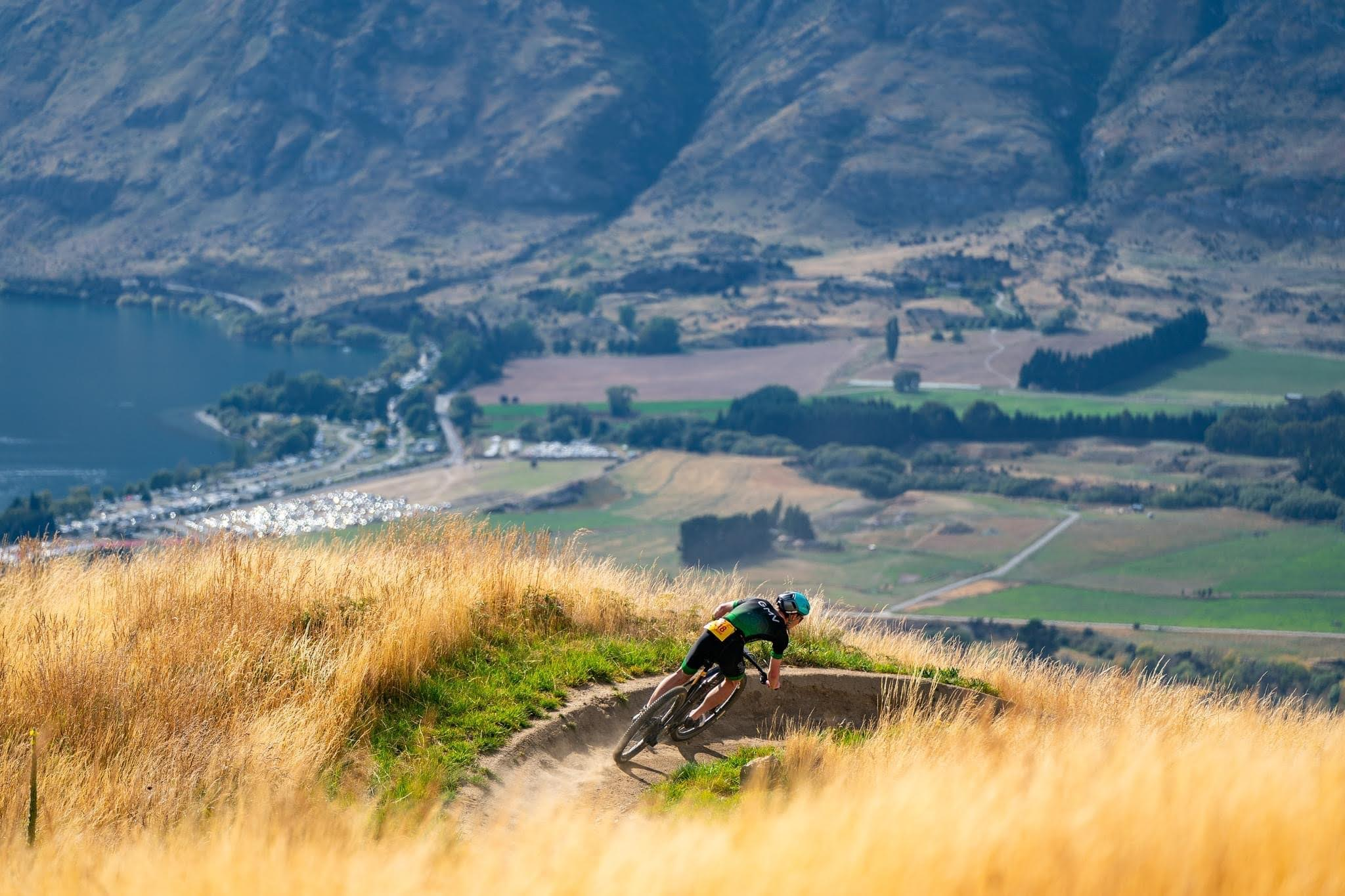
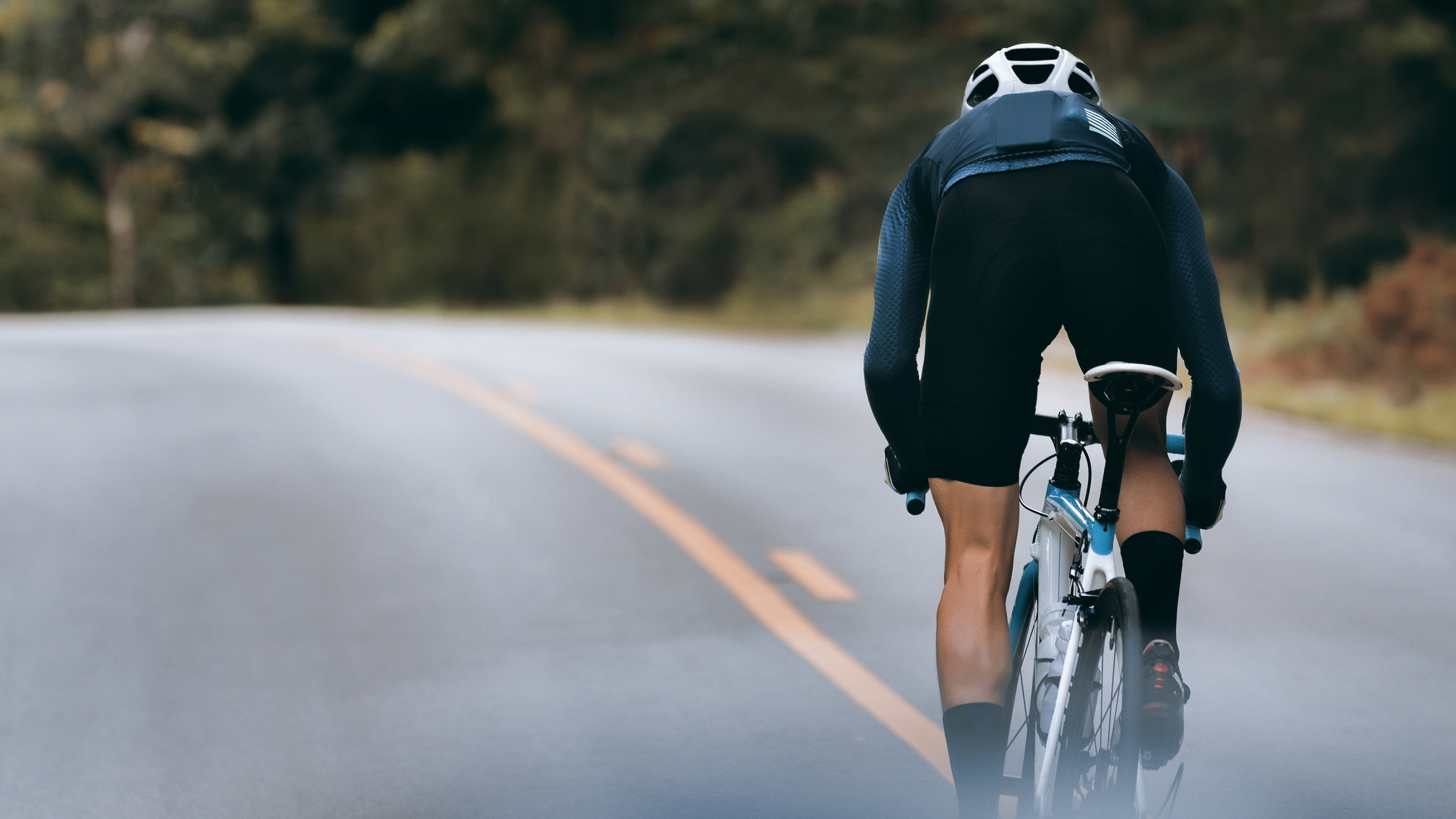
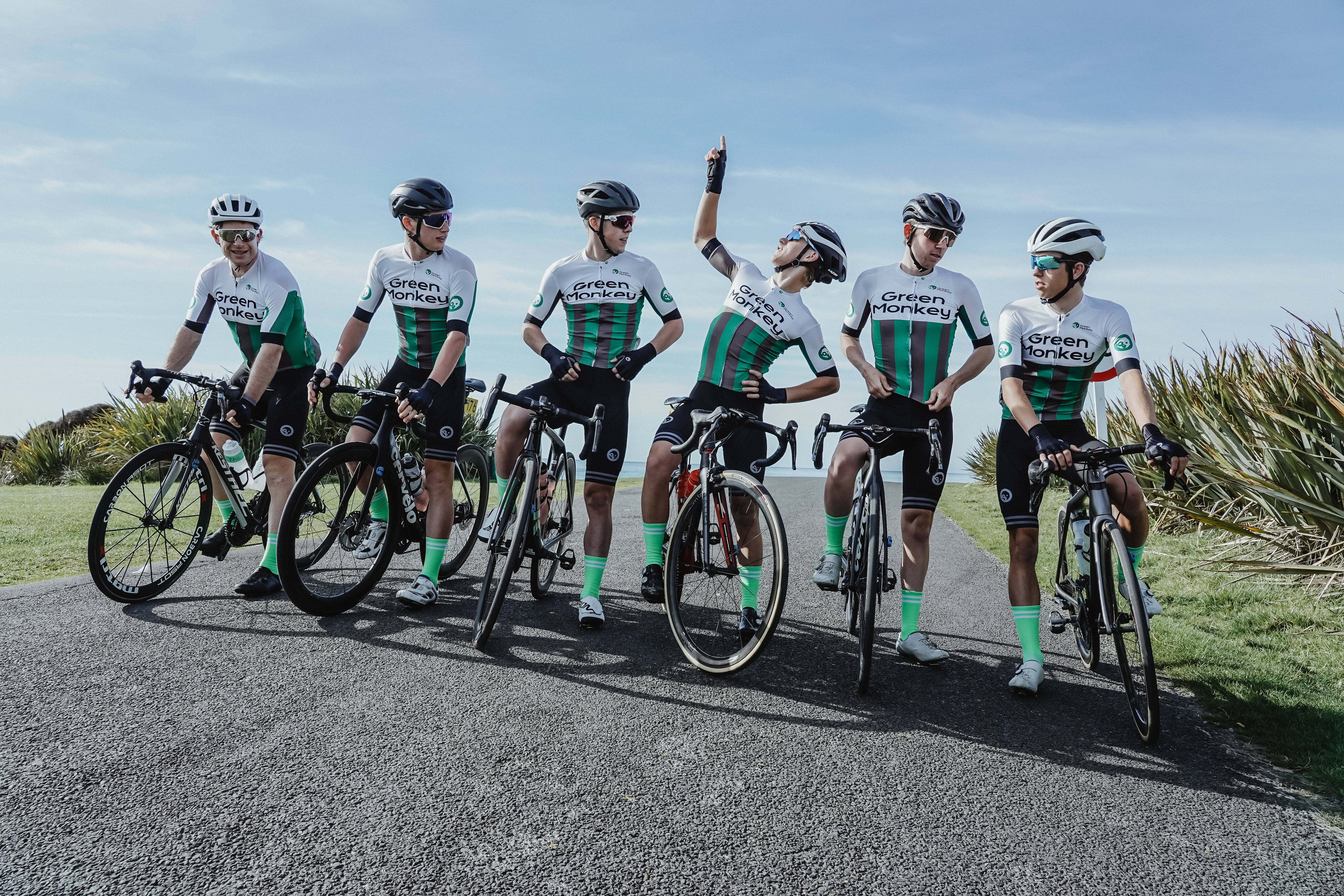
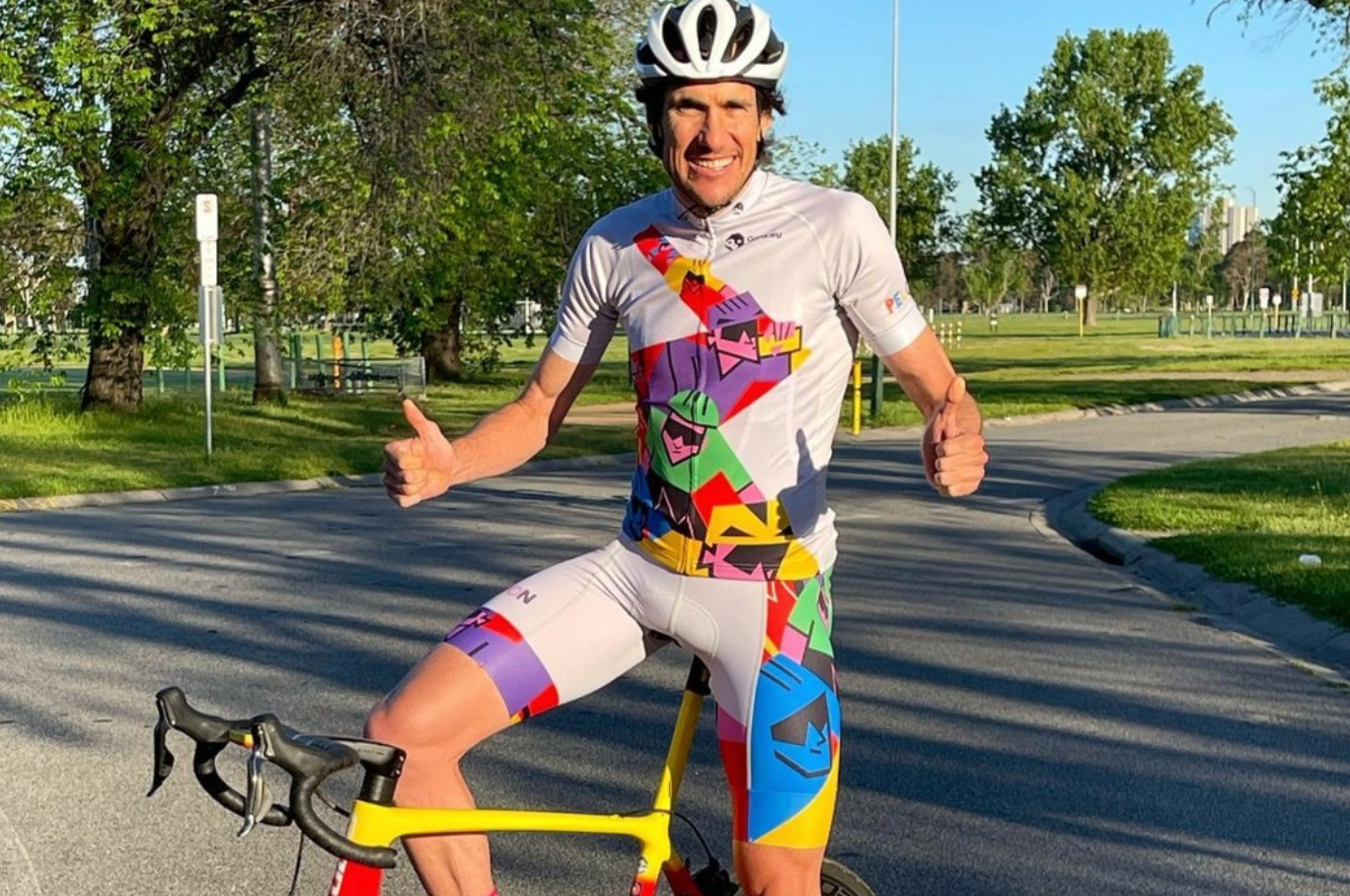
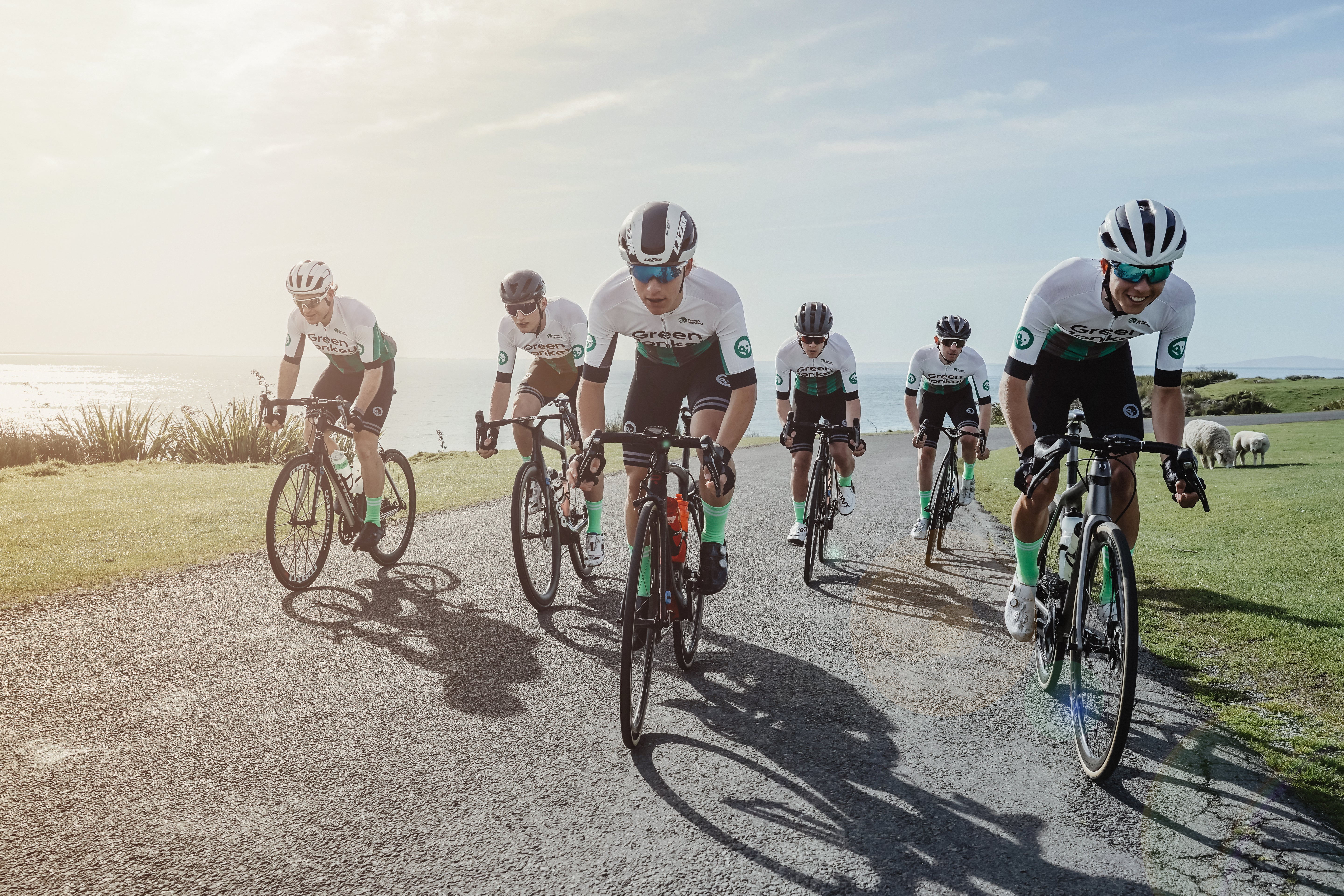
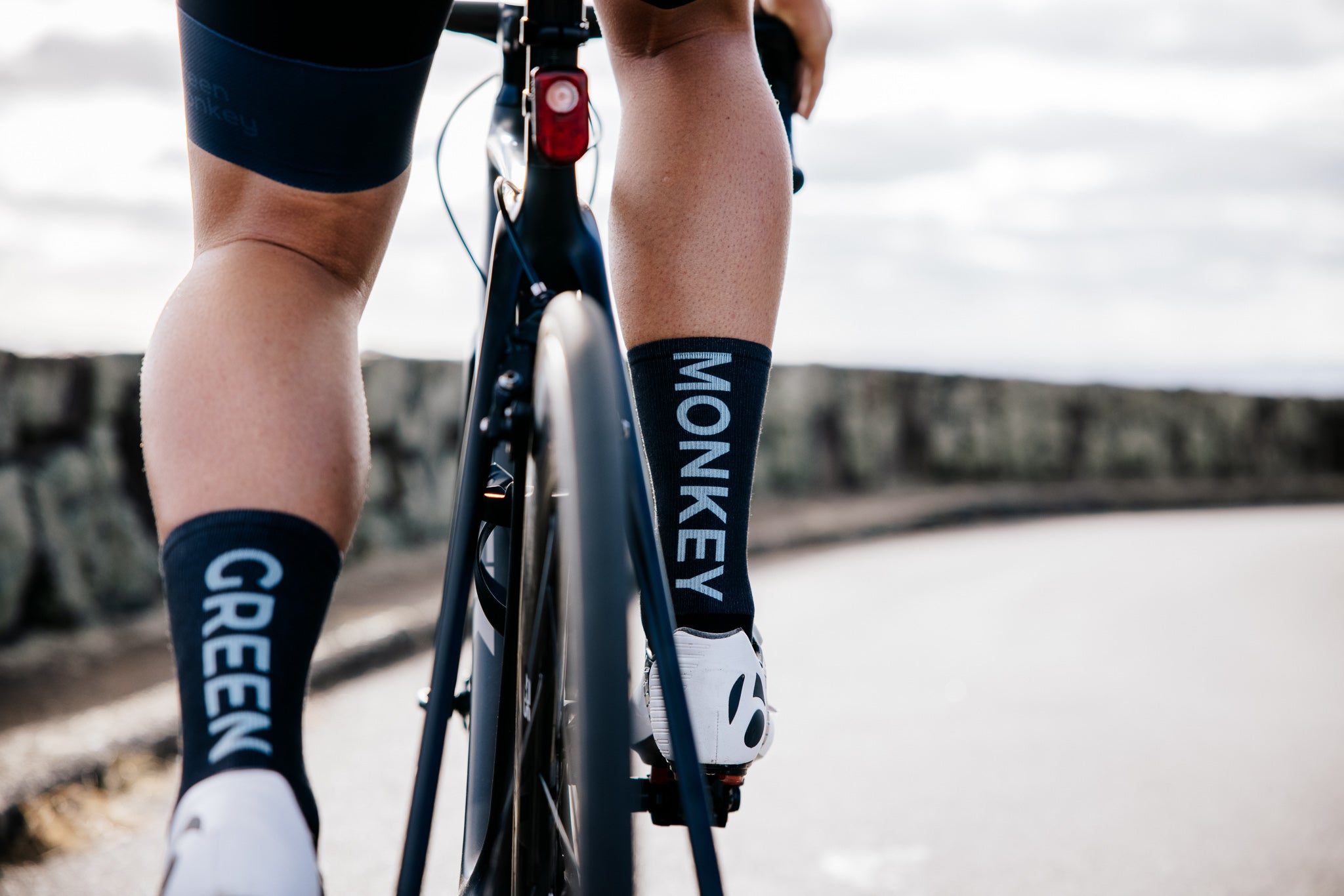
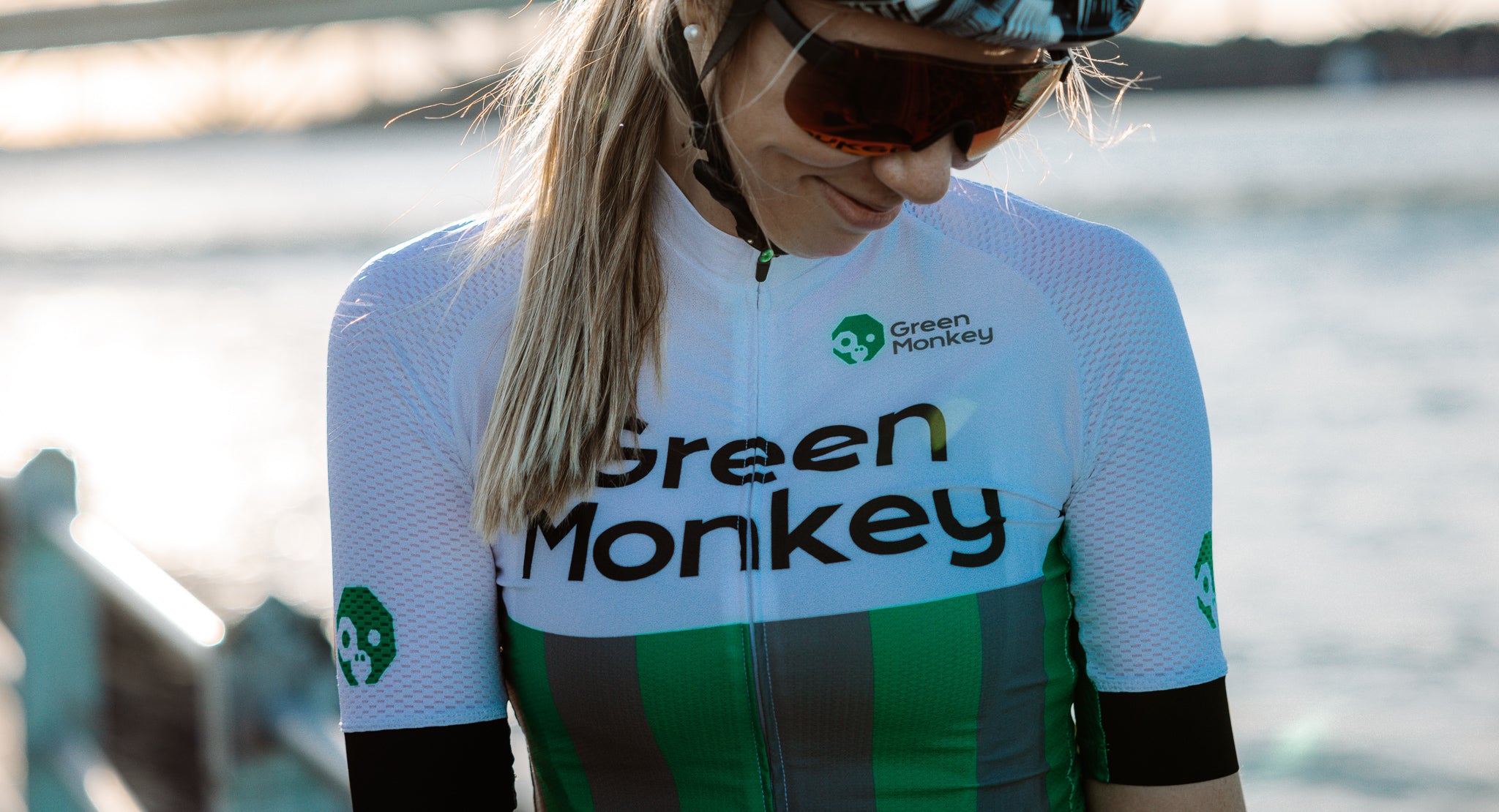






Leave a comment